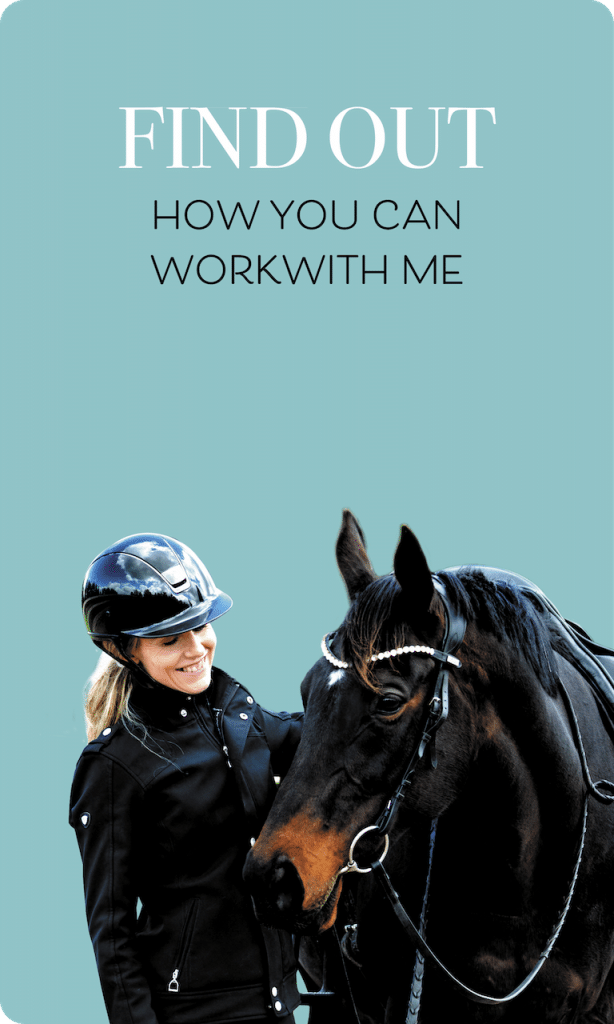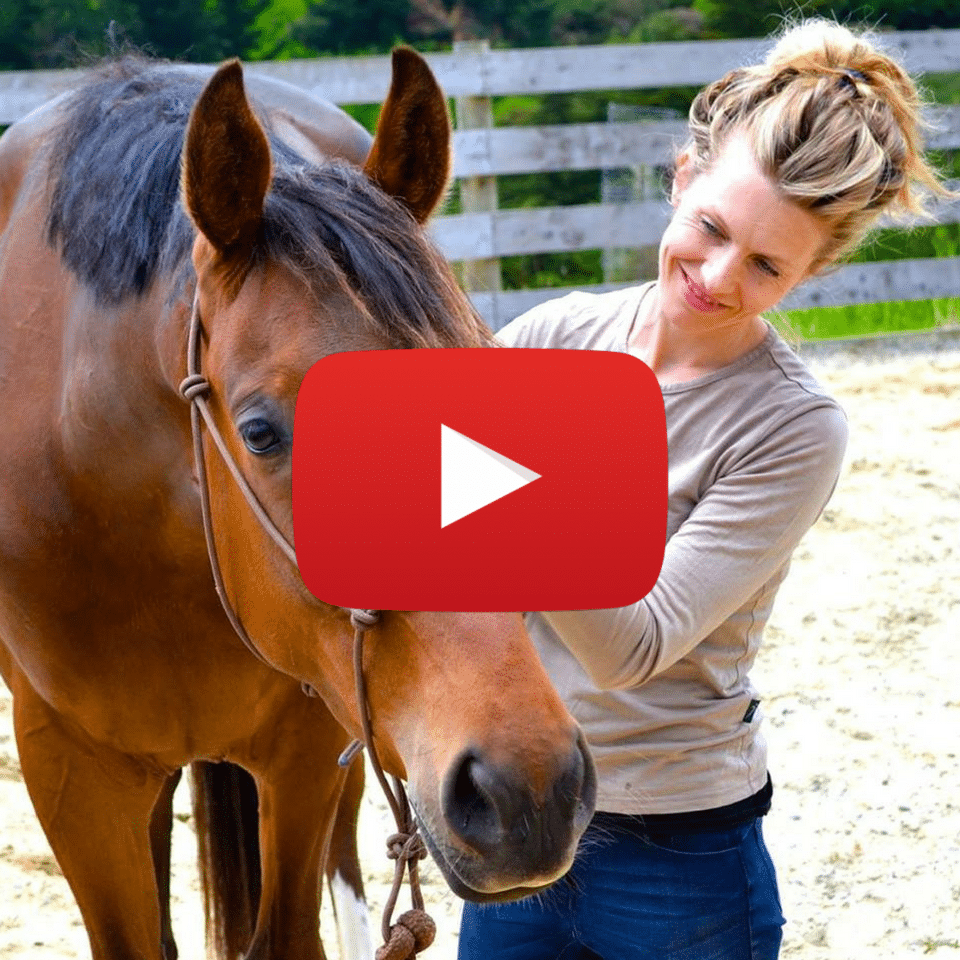In our movement work in JoyRide over the last couple of weeks, we’ve been working with the centreline of the body. When I refer to the centreline, I’m referring to the superficial front line of fascia that extends from the base of the pubic symphysis up to the seam of the nasal bones (the deep front line follows a similar train but attaches to the back of the same points, with some variances in between).
From a nervous system perspective, working with the centreline is a really important piece in learning movement patterns that allow for the integrity of the spine to be preserved, and in ensuring that we aren’t inadvertently triggering our fight-flight nervous system all day long simply because we’ve adopted movement patterns that are dominantly sympathetic.
For many of us, the movement of our centreline is different from top to bottom. It’s common to have a hypermobile upper portion (say from the belly button or xiphoid process to the head), but the lower portion (from the pubic symphysis to the belly button) remains fixed. The two parts don’t move in relationship to each other.
What this results in is a tipping action of the pelvis in order to move the body forward and back. The pubic symphysis acts like a teeter-totter, as the belly button extends in front of it as the pelvis tilts forward, and behind it as the pelvis tilts back. This movement of the pelvis on the sagittal plane is a sympathetic or fight-flight pattern- it’s how the body moves when it’s in a survival situation.
If we have adopted this movement pattern as our dominant pattern in different situations (think rising or posting to the trot, cantering or loping, getting up and down off your chair or just walking around), our nervous system is being sent into sympathetic or fight-flight even when the outward circumstances don’t warrant it. Not to mention the challenges we have posturally and the compromise that occurs through the lumbar and cervical vertebrae.
Learning new movement patterns and understanding more about how the nervous system manifests in the body is a key component of mental and emotional health. Our nervous system expresses through our structure. Understanding it as the foundation on which everything rests is crucial in the movement towards long-term well-being and adaptability- on every level- both in and out of the saddle.
Onwards.
❤️ Jane





